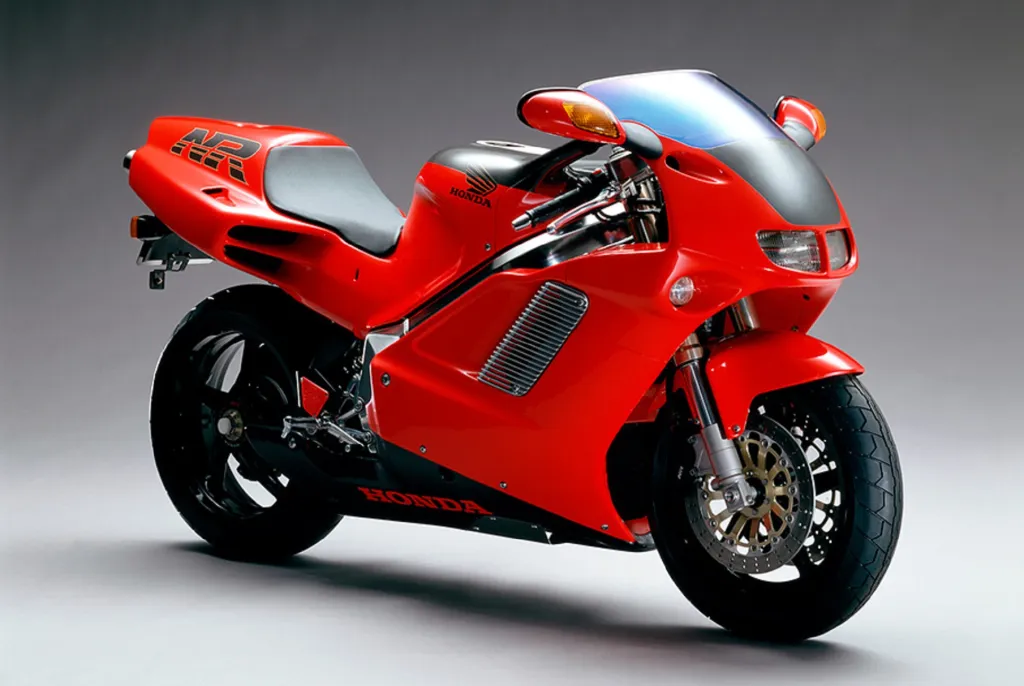False neutrals happen whenever your bike shifts into a state of neutral other than the true neutral positioned between first and second gear.
False neutrals are dangerous as it robs the bike of its forward drive as well as the super important mechanical grip.
This article will explain on what are false neutrals, why they happen and how to avoid them from ever happening.
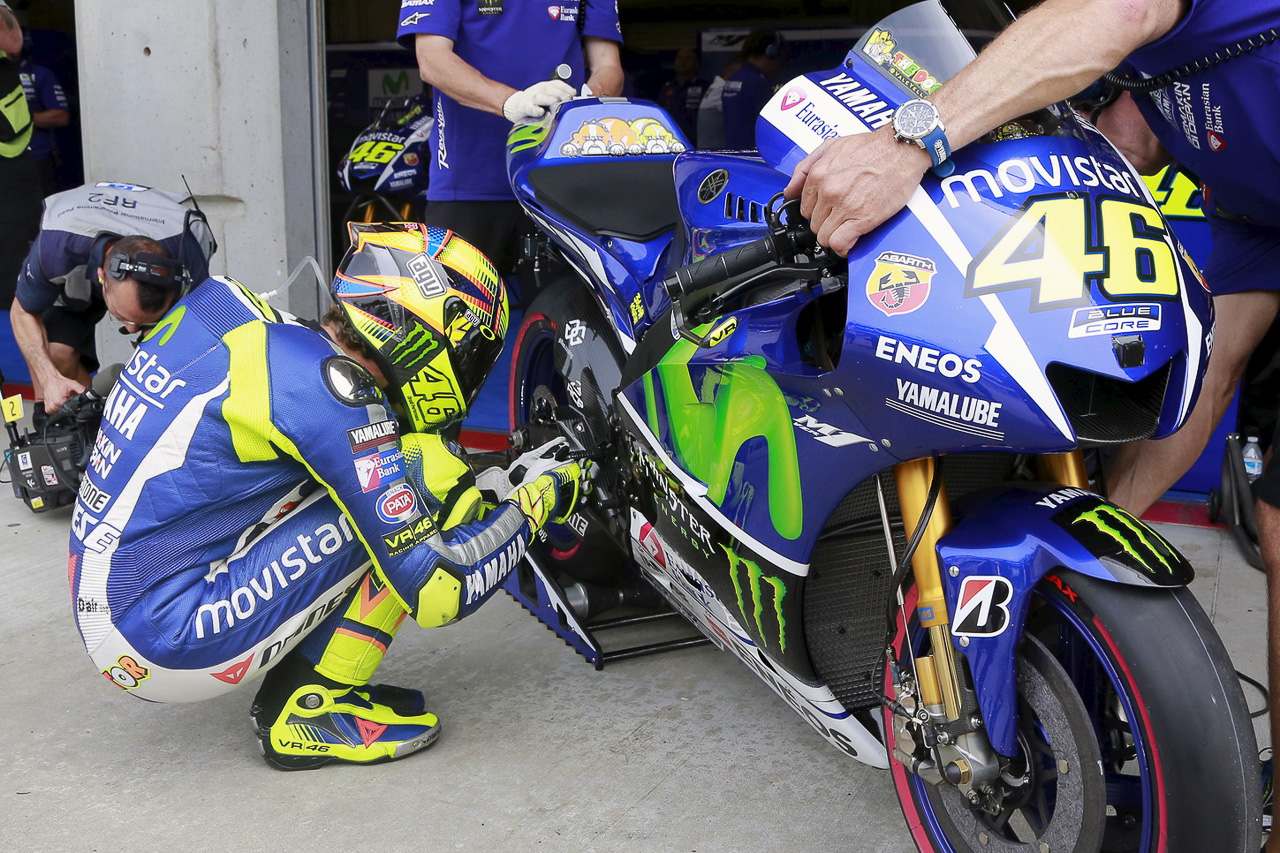 Have you ever been in a situation where you’re shifting through the gears while ripping through the mountain roads feeling like a street version of Valentino Rossi when suddenly your bike seems to shift into what seems like neutral but not the intended position between first and second?
Have you ever been in a situation where you’re shifting through the gears while ripping through the mountain roads feeling like a street version of Valentino Rossi when suddenly your bike seems to shift into what seems like neutral but not the intended position between first and second?
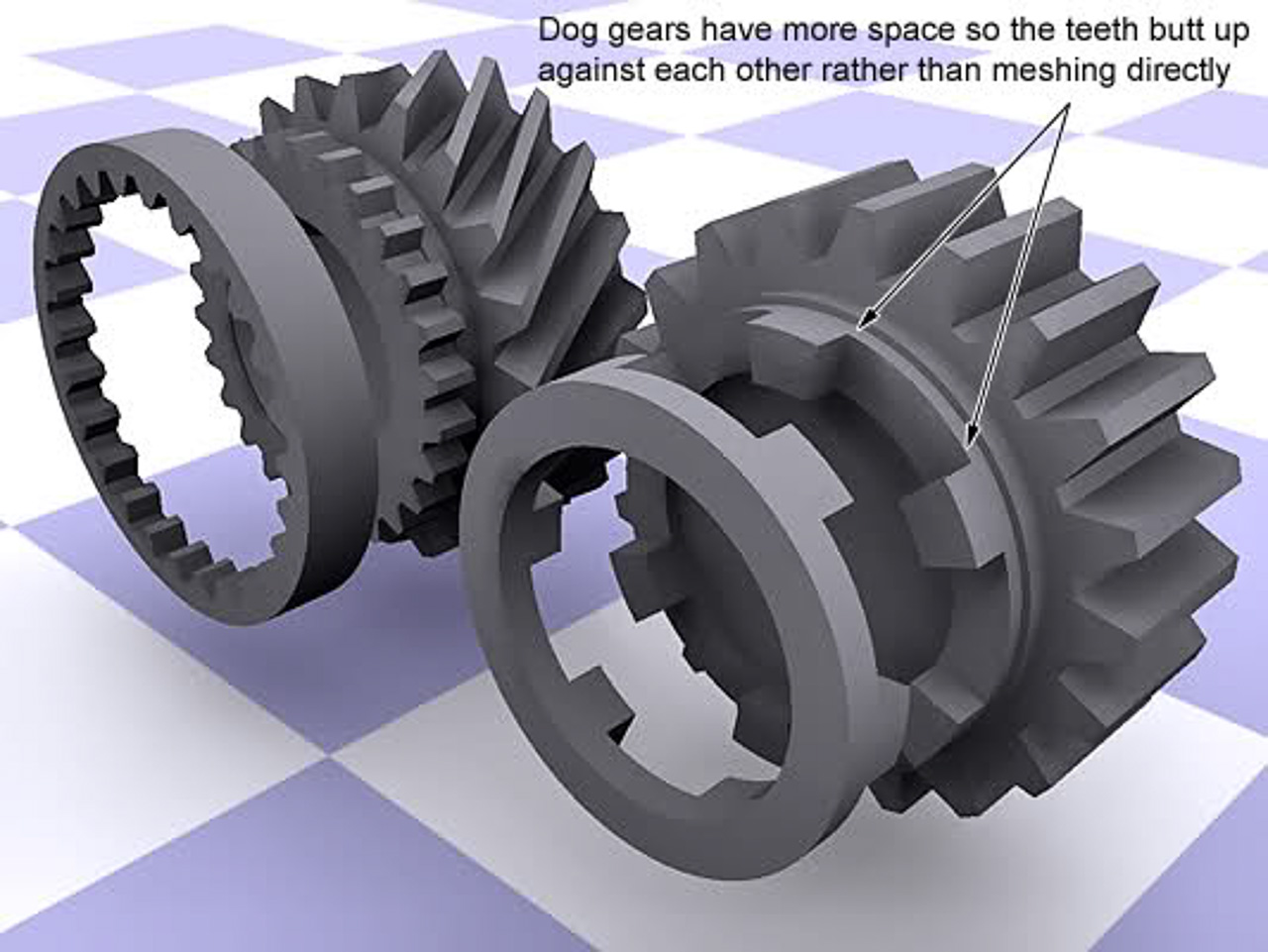 That is referred to as a ‘false neutral’ where the transmission does not engage the gears properly especially when shifting through higher gears like from fourth to fifth or fifth to sixth. This can be very dangerous if one doesn’t know how to handle the situation properly. Even top riders like Isle of Man TT star Guy Martin was caught by surprise in the recent Isle of Man TT superbike race when he crashed when his Honda CBR1000RR Fireblade SP2 suffered from a false neutral as you can see and hear in the video below.
That is referred to as a ‘false neutral’ where the transmission does not engage the gears properly especially when shifting through higher gears like from fourth to fifth or fifth to sixth. This can be very dangerous if one doesn’t know how to handle the situation properly. Even top riders like Isle of Man TT star Guy Martin was caught by surprise in the recent Isle of Man TT superbike race when he crashed when his Honda CBR1000RR Fireblade SP2 suffered from a false neutral as you can see and hear in the video below.
While Guy Martin was lucky to get out of that crash almost unscathed and uninjured, this usual occurrence among riders on the road won’t have the same consequences as false neutral rips away all mechanical grip of the motorcycle which we all know is very, VERY dangerous. So, knowing how to avoid false neutrals completely is very helpful information to know.
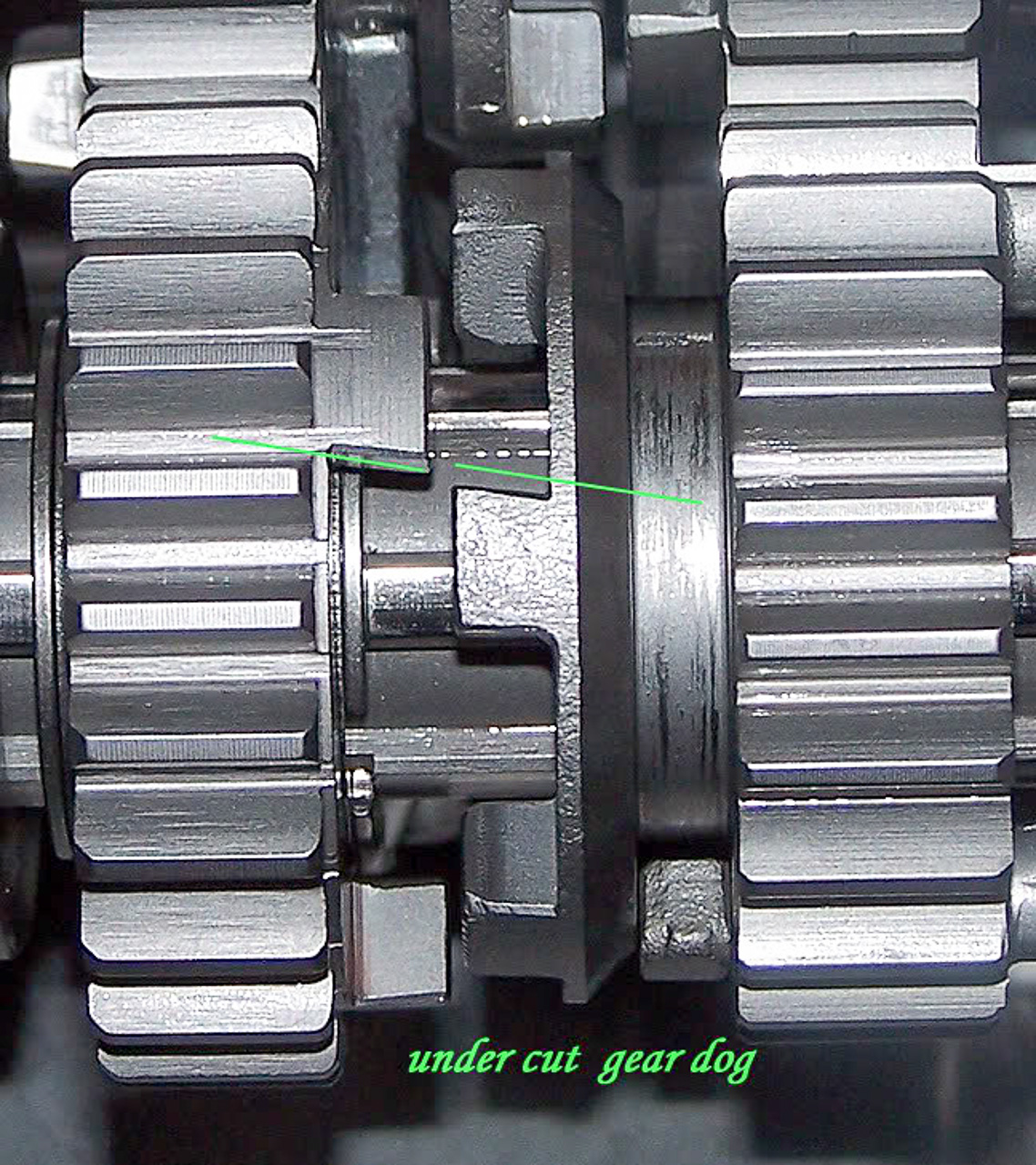 Simply put, false neutrals are actually incomplete gear shifts. When the gear shifts from one gear to another (let’s use from fifth to sixth gear as an example), the gear dogs needs to disengage completely from the previous gear before engaging to the next. When the shift is not made correctly, the gear dogs and shift fork won’t engage the next gear properly making it spin freely in between gears without engaging either one.
Simply put, false neutrals are actually incomplete gear shifts. When the gear shifts from one gear to another (let’s use from fifth to sixth gear as an example), the gear dogs needs to disengage completely from the previous gear before engaging to the next. When the shift is not made correctly, the gear dogs and shift fork won’t engage the next gear properly making it spin freely in between gears without engaging either one.
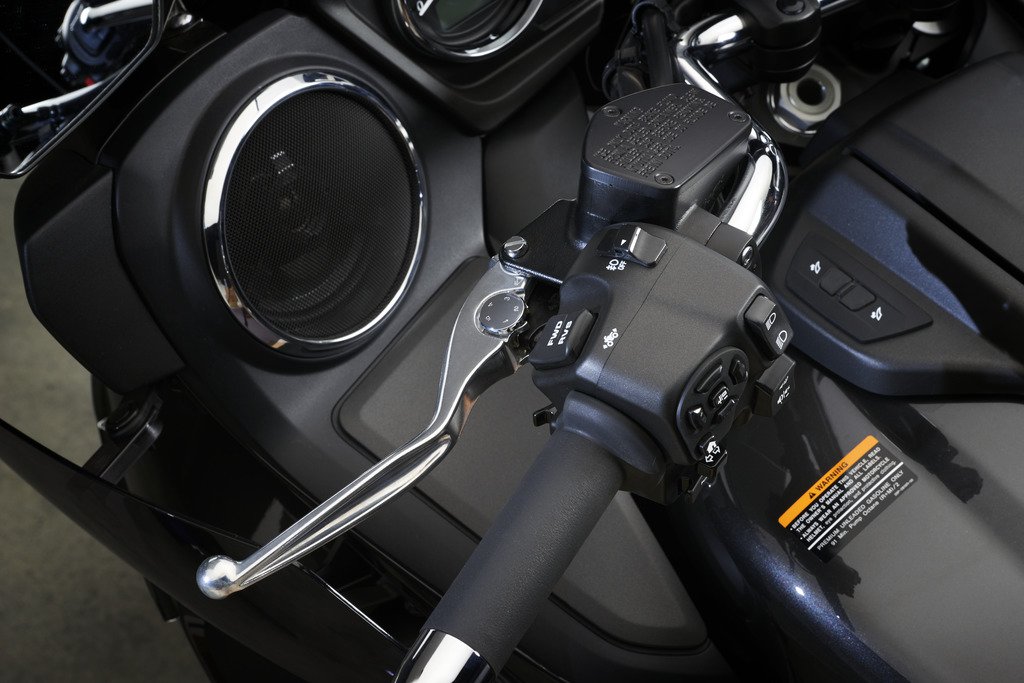 The effect is the same as if you pull the clutch lever in when the bike is motion. As that happens, the drive and mechanical grip lose efficiency and greatly affects the overall riding experience. Another simple way to explain this phenomenon is by rubbing your hands together. A proper gear shift is like interlocking your fingers together which is what the selected gear and gear dogs are suppose to do. A false neutral is like rubbing your palms together where one hand doesn’t really affect the other.
The effect is the same as if you pull the clutch lever in when the bike is motion. As that happens, the drive and mechanical grip lose efficiency and greatly affects the overall riding experience. Another simple way to explain this phenomenon is by rubbing your hands together. A proper gear shift is like interlocking your fingers together which is what the selected gear and gear dogs are suppose to do. A false neutral is like rubbing your palms together where one hand doesn’t really affect the other.
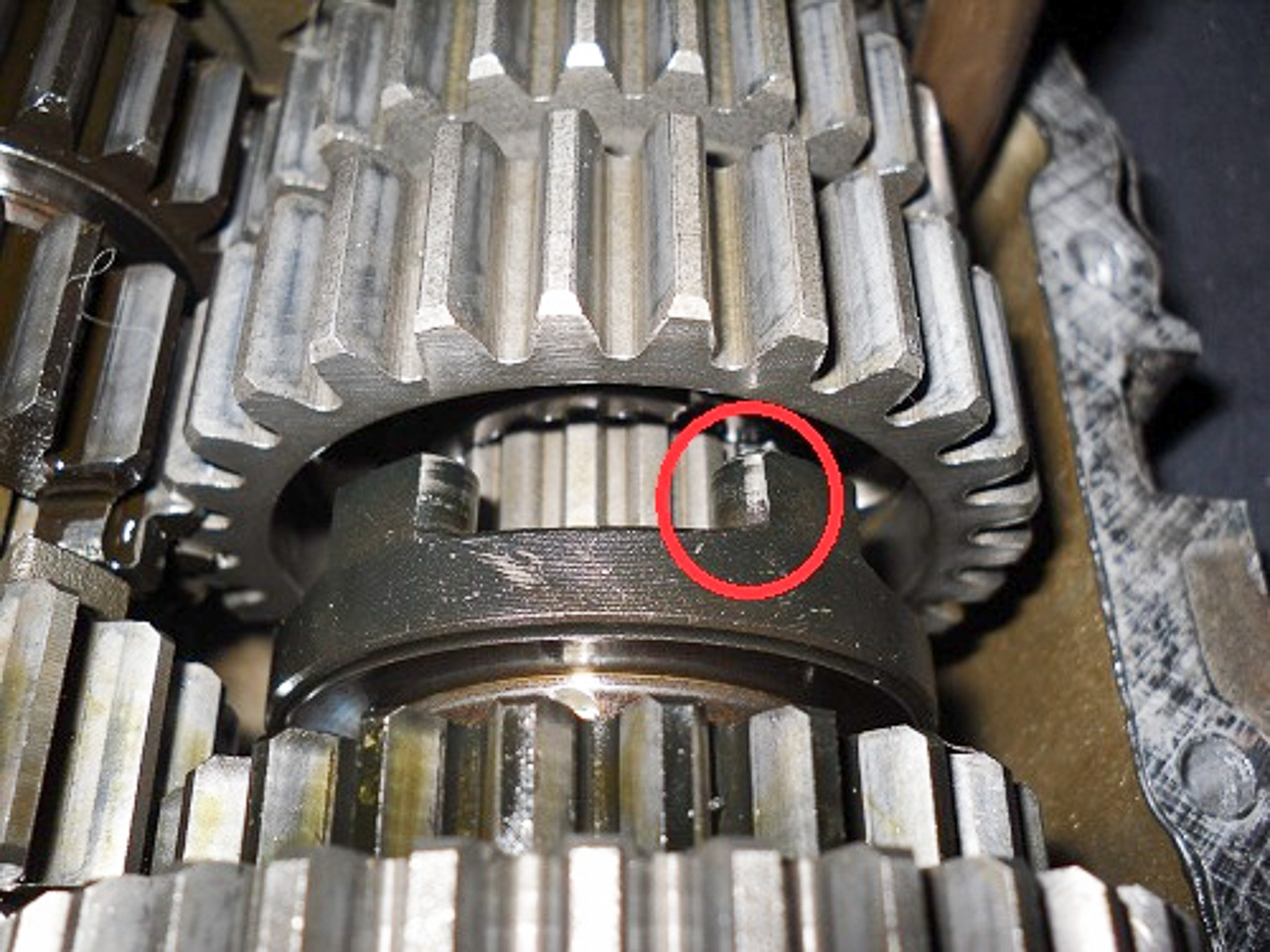 A false neutral has its good side as well despite any unwanted consequences when it does happen. You see, there must be enough clearance between the gears so that the gear dogs and shift fork can disengage properly before engaging the next gear. This helps to avoid the transmission from engaging two gears at once which will results in transmission catastrophic failure. KABOOM.
A false neutral has its good side as well despite any unwanted consequences when it does happen. You see, there must be enough clearance between the gears so that the gear dogs and shift fork can disengage properly before engaging the next gear. This helps to avoid the transmission from engaging two gears at once which will results in transmission catastrophic failure. KABOOM.
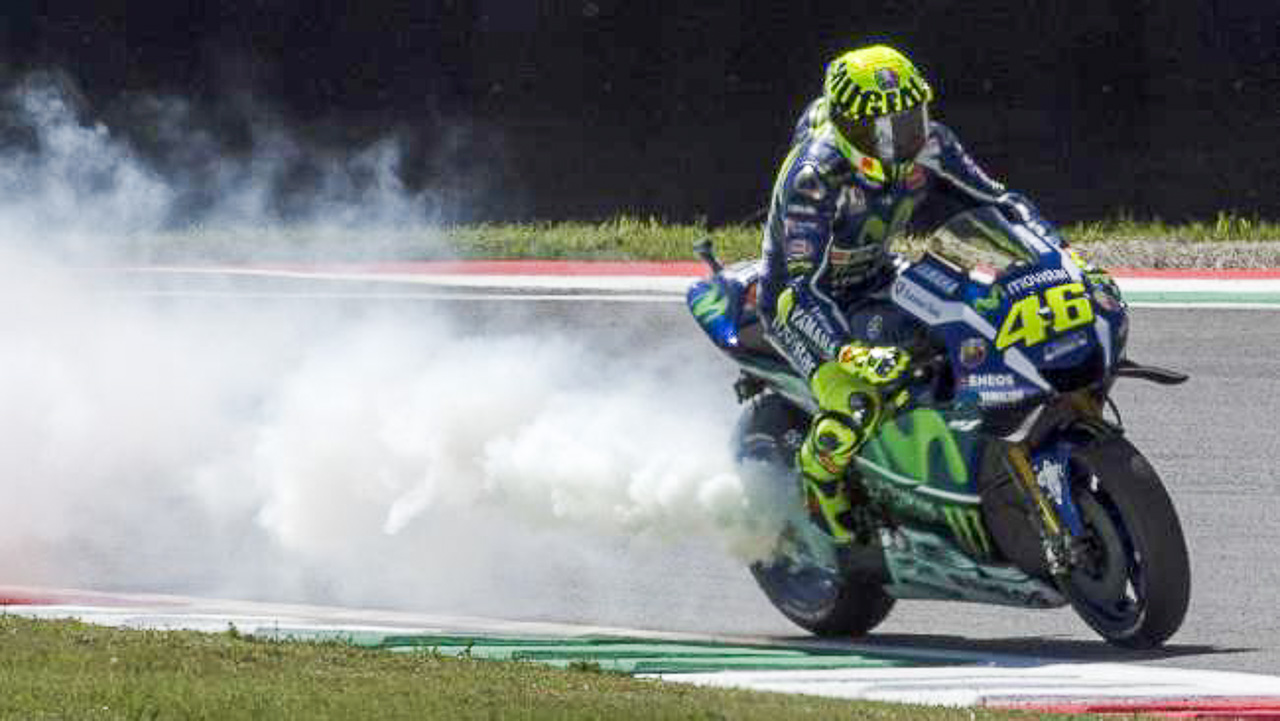 Now that you know what false neutrals are and why they happen, having the right knowledge to avoid them completely can be quite beneficial. The best advice we can give is that whenever you’re shifting gears, disengage the gears properly by pulling the clutch lever all the way in and then shift to the next gear properly. Be firm with your left foot when you do so.
Now that you know what false neutrals are and why they happen, having the right knowledge to avoid them completely can be quite beneficial. The best advice we can give is that whenever you’re shifting gears, disengage the gears properly by pulling the clutch lever all the way in and then shift to the next gear properly. Be firm with your left foot when you do so.
 If the situation does occur and you’re in a false neutral, don’t panic. Just pull the clutch lever in again and re-shift the gear. When the gear dogs do get back into the right interlocking position, it might make a nasty clunking sound but it can be easily avoided simply by rev-matching the engine to the bike’s speed.
If the situation does occur and you’re in a false neutral, don’t panic. Just pull the clutch lever in again and re-shift the gear. When the gear dogs do get back into the right interlocking position, it might make a nasty clunking sound but it can be easily avoided simply by rev-matching the engine to the bike’s speed.
If however false neutrals still happen despite you shifting the gears properly, you might want to get the transmission checked ASAP as there might be damages to the shift linkages or gear dogs that are stopping the overall transmission to shift properly. Be prepared to fork out some cash to get the repairs done but at the end of the day, your life matters more.
 To make things easier, you can watch video made by motorcycle experts over at Motorcyclist Online on false neutrals below.
To make things easier, you can watch video made by motorcycle experts over at Motorcyclist Online on false neutrals below.











